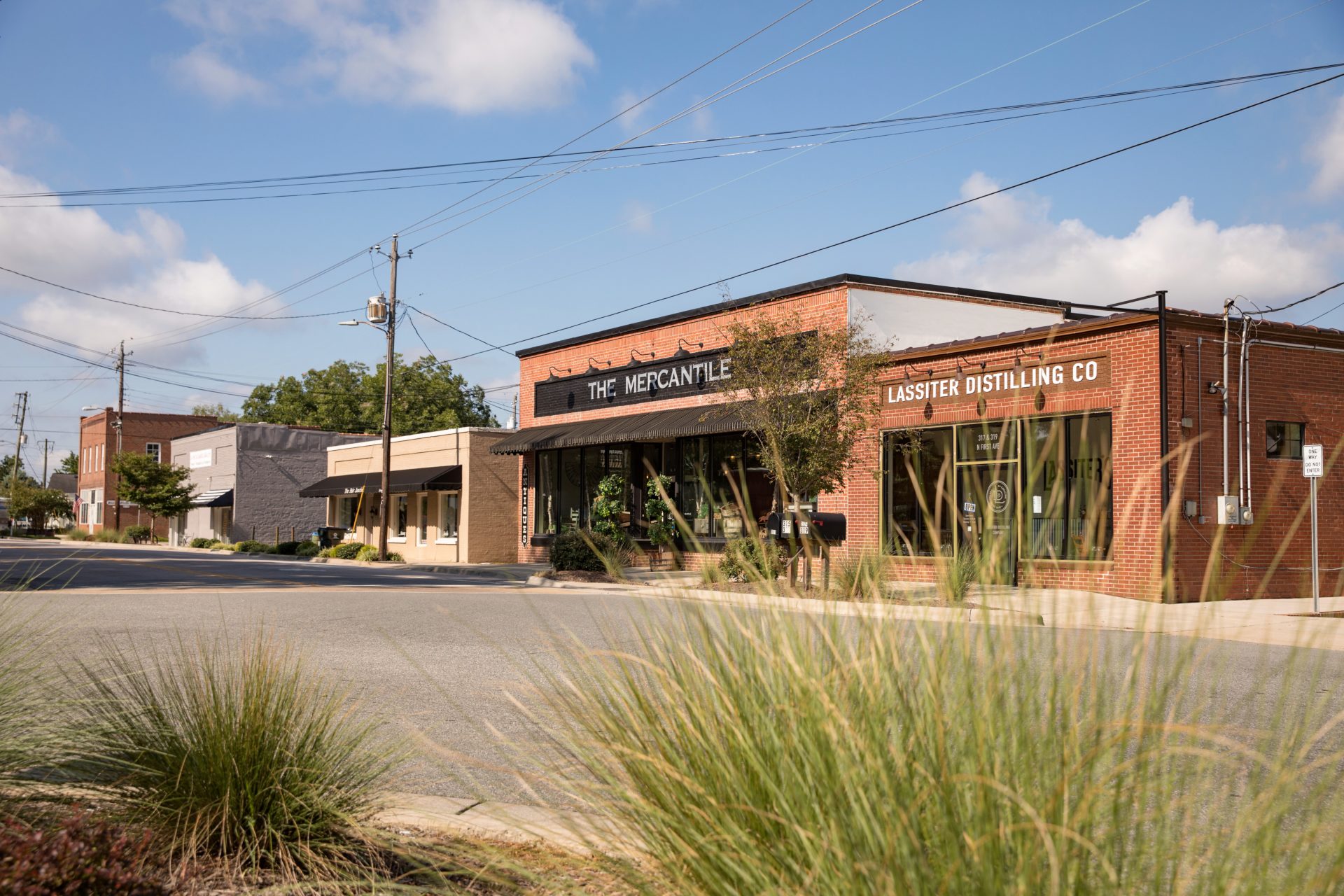75 more people each day. That adds up to a whopping 43.5% growth rate for Wake County this past decade. New census data confirms what our communities know is true – that we’re growing faster than national averages, and we’re experiencing the challenges of growth every day — from traffic congestion to crowded schools to limited drinking water supply. The six-county Triangle region grew to 1.6 million, with over half the growth in Wake alone.
The Raleigh-Durham metro area was number one in growth nationally during the economic recession, and while new building permit requests are down, thousands are still issued annually. In fact, the Raleigh-Cary housing market was just named by Builder Magazine as the healthiest in the US.
These are just numbers, but what do they mean for us on a daily basis? No question your commute will take longer. With more traffic, we’ll experience more air quality problems, translating into health hazards for our kids and elderly with asthma. We must build 33 more public schools by 2020 to accommodate over 180,000 children, so your property taxes will likely increase (unless leaders find new ways to pay for schools). If more serious droughts occur, we’ll have to tighten our water consumption to get by. Without proper planning, our treasured open space and farms will disappear even more.
These challenges do have solutions, if our leaders have the vision to look past the next election and make decisions for the long-term well-being for all of us. We need to think and take action regionally on initiatives such as creating a regional public transit system that includes expanded and improved bus service followed by light rail. Fixed guideway rail is critical to guiding new development, creating vibrant communities, reducing sprawl in rural areas, and refueling our economy with new business.
Municipalities should advance building codes requiring new development to use the latest technologies to prevent stormwater runoff from polluting and clogging our precious, finite fresh water supplies. Every water efficiency and conservation measure should be fully explored and implemented in every town to extend our reservoirs. Some cities are showing leadership in these areas.
The Triangle’s demographics are changing too, with more retirees (Raleigh leads as a destination nationally), more Hispanics, and more young professionals. Data suggest that many of these folks don’t want traditional single family houses, so homes and neighborhoods need to change with new demands. Walkable, urban neighborhoods linked to transit are increasingly desired today, and people want/need to leave cars at home. Public transit is in high demand not only by citizens, but by big business. Expanding transit makes economic sense to attract jobs, and studies show GDP increases where rail exists.
A variety of housing options that are affordable for everyone in our workforce ought to be built throughout our towns, and not just in low-income communities. If people can’t afford to live near their jobs – a growing problem — traffic congestion will get worse, adding to infrastructure costs for us all. If our neighborhoods were more economically diverse, we might resolve struggles within our school system.
Public schools make up half of Wake County’s budget, and state school funds are decreasing. So what are the funding options to build needed schools? Either hit everyone with a big property tax increase, or explore adequate public facilities ordinances or and development-related fees to help pay. Or we continue school budget cuts, but with a global economy, we cannot afford to shortchange achievement by taking classroom funds to pay for school construction.
Local and state leaders must wake up to high growth rates, and take steps to make our communities even stronger to protect our quality of life and ensure economic viability into the future. We cannot afford to wait.
Raleigh led the Triangle’s growth, adding 128,000 residents in the past decade. Raleigh has an opportunity right now to plan well for growth with the current proposals for a new development code. The draft is expected in April, and the public is encouraged to comment.
With Wake’s growth rate of 43%, the realities of the numbers are hard to dispute. Now we need to come together with vision for good growth planning, funding and action.

